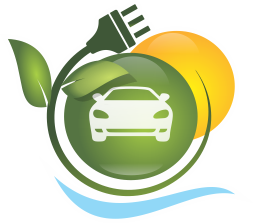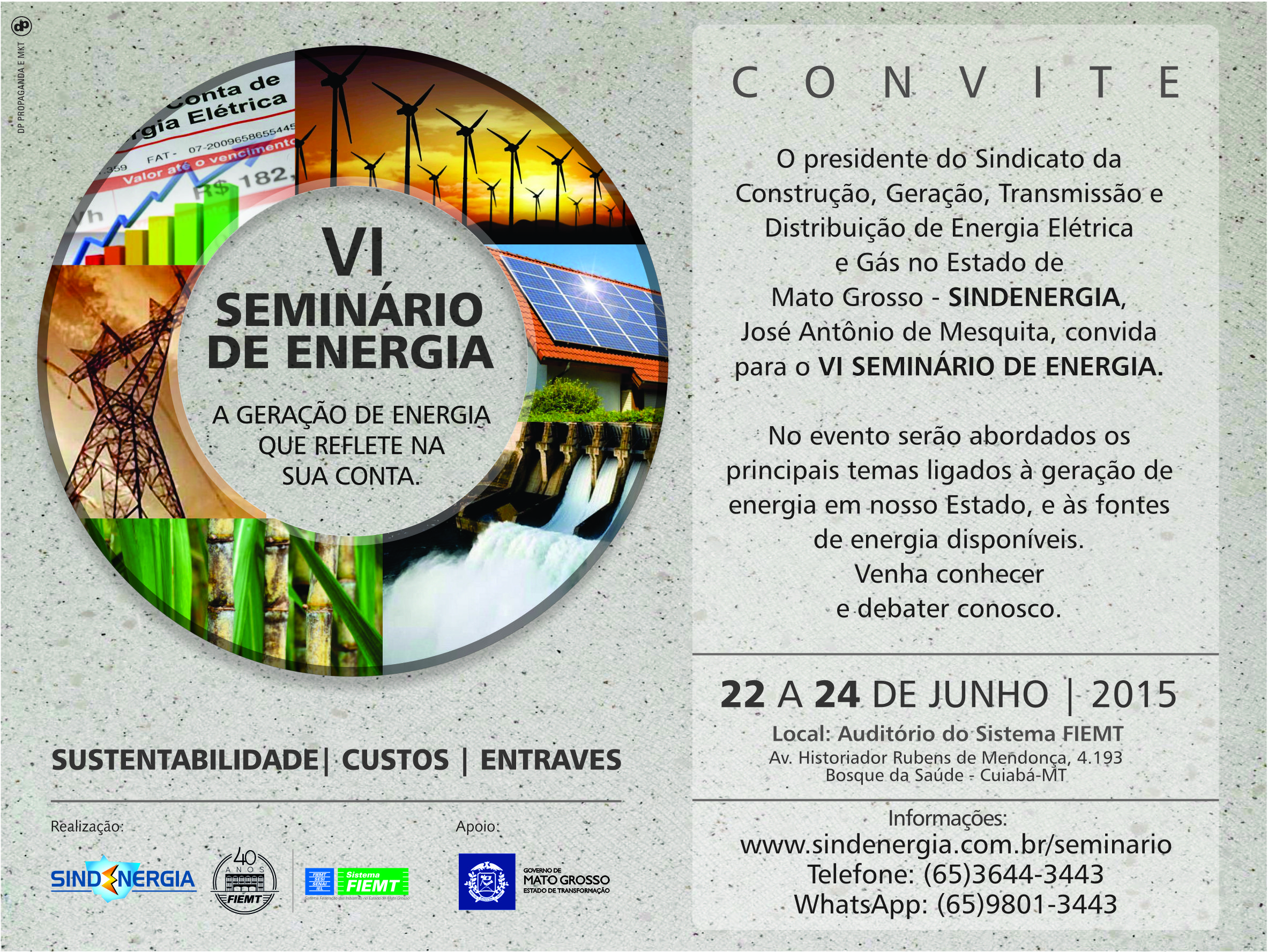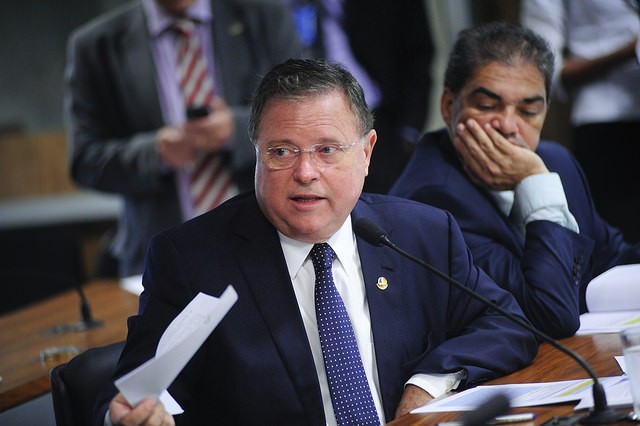Fonte: ANEEL
The change to the rate structure of the energy distribution sector, approved on Tuesday (11/22) by the board of the National Energy Agency (ANEEL), opens new possibilities for high voltage energy consumers.
Rate Structure is how different types of consumers pay for the use of electric power, divided by subgroups and rating modalities according to hours of use, voltage level and location.
The new system, discussed with the company through Public Hearing No. 120/2010, takes effect as of the rate revision of each distributor, which will happen between 2012 and 2014. Existing standards have been modified since the 1980s, considering the changes that occurred in the supply and demand of energy, such as the unbundling of distribution activities, generation and transmission of each company, consumers’ free access to networks, the creation of the free market and differentiation of rates.
One new feature for high voltage consumers is the possibility of flexible construction parameters of the rate arrangements, based on contributions from distributors and other interested parties.
Currently adopted in Brazil are three types of high voltage rates: blue hour-seasonal rate, green hour-seasonal rate and conventional hour-seasonal rate, the latter being without time and seasonal signs. The difference arises from the application of rate positions and how to recover the costs related to network usage (Usage Rate of Distribution System – TUSD) at the time of highest system utilization, defined as peak hours. In the blue rate network costs are charged on demand (BRL/kW). In the Green one, these costs are charged in energy (BRL/MWh), converted by means of a load factor set at 66%. This value will be retained and, however, may be changed based on the proposals of the distributor and society to adapt to the reality of the concession in seeking to minimize the need for network expansion and inhibition of use of diesel generators at peak hours.
Free consumers will have, besides the current blue mode, the green mode. The goal is to meet the legal command equality and treat all consumers for the payment of the use of the network, regardless of whether they are buying power from distributor or being a free consumer.
The high voltage conventional price option, characterized by charging a flat rate of demand, in BRL/kW, and a consumption rate in BRL/MWh, will have its framework limit changed from 300 kilowatts (kW) of monthly contract demand to 150 kW, with 12 months for migration. In the 4th cycle of rate revisions, as of 2015, the conventional mode will be extinct.
Consumers of the isolated system will be offered the same fare rules and modalities of the interconnected system, with the modalities of green, blue and conventional rate options.
A modification that will apply to consumers of high and low voltage, as of January 2014, is the creation of green, yellow and red rate banners, to act as a traffic light and will be reflected in rate difference to the consumer. The Green Flag means lower costs for the purchase of energy. The yellow flag indicates a warning signal, as the power purchase costs are increasing. In turn, the red flag indicates that the former situation is worsening and the energy supply to meet consumers’ demands is more costly to purchase, such as the activation of large amounts of power plants to generate energy, which is a more expensive source than hydroelectric plants. In 2013, there will be a test year, which will aim at simulating the results obtained with the hypothetical application of red and yellow flags, as well as calibrating the signals and disclosing to consumers the procedures for application of the flags.
Read here Director Edvaldo Santana’s whole voting process, as he is the rapporteur on the subject.
To learn more about the changes occurring in the rate structure for low voltage consumers, click here. (BT/FP/GL)








